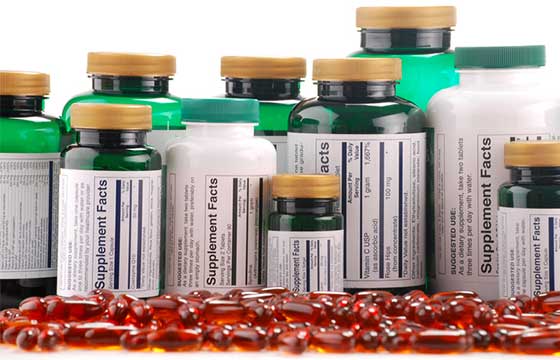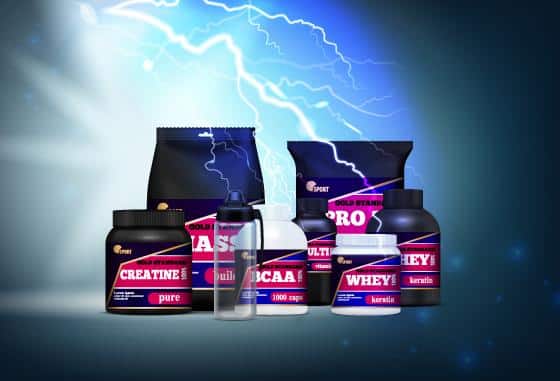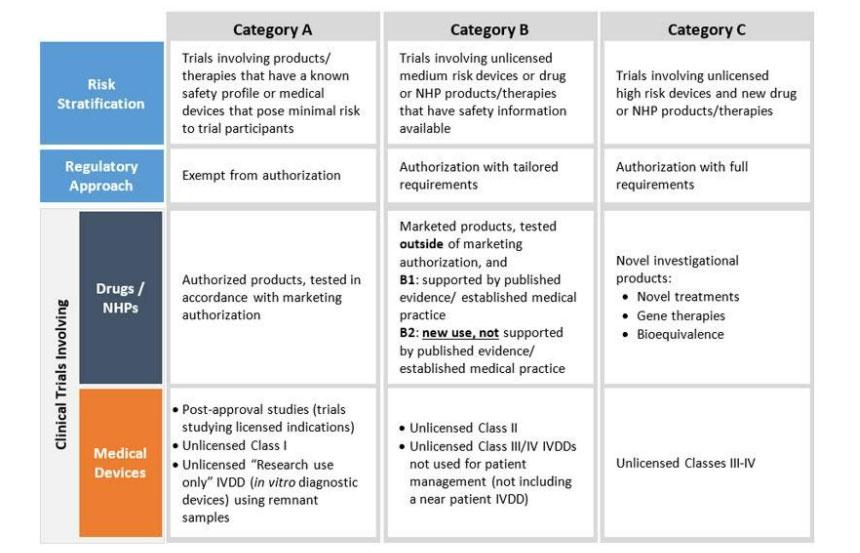 The product label is something we all look at in our daily lives, but not everyone is well equipped with the tools to read them efficiently. It can be challenging to try and navigate this space, especially for Natural Health Products (NHP), which can have multiple ingredients. First, you may be wondering what exactly is a Natural Health Product. Well, a natural health product is defined as:
The product label is something we all look at in our daily lives, but not everyone is well equipped with the tools to read them efficiently. It can be challenging to try and navigate this space, especially for Natural Health Products (NHP), which can have multiple ingredients. First, you may be wondering what exactly is a Natural Health Product. Well, a natural health product is defined as:
A substance set out in Schedule 1 of the Regulations or a combination of substances in which all the medicinal ingredients are substances set out in Schedule 1, a homeopathic medicine or a traditional medicine that is manufactured, sold or represented for use in:
(a) the diagnosis, treatment, mitigation or prevention of a disease, disorder or abnormal physical state or its symptoms in humans;
(b) restoring or correcting organic functions in humans; or
(c) modifying organic functions in humans, such as modifying those functions in a manner that maintains or promotes health.
Health Canada regulates Natural Health Products, and there is a subset of applicable requirements at each lifecycle stage of a product. For example, during the licensing stage, the Management of Applications Policy (MAP) guidance is used, while during the labelling phase, the Label Guidance Document is used.
Each NHP, which has been reviewed and approved for sale by Health Canada, is issued an 8-digit Natural Product Number (NPN) (800XXXXX). This NPN is required to be listed on the front panel of a product label. Therefore, any product which does not have this listed has not been approved for sale.
Additionally, Health Canada has created a Licensed Natural Health Products Database (LNHPD) for further convenience, which allows you to search and view product information based on the 8-digit NPN number.
The LNHPD provides the following information at your fingertips and is updated nightly to ensure you get the most up to date information:
- product name
- product licence holder
- Natural Product Number (NPN) or Homeopathic Medicine Number (DIN-HM)
- product’s medicinal ingredients
- product’s non-medicinal ingredients
- product’s dosage form
- product’s recommended use or purpose (i.e. its health claim or indication)
- risk information associated with the product’s use (i.e. cautions, warnings, contra-indications and known adverse reactions)
You may be wondering, is there a reliable source of information to do further research on some of the information provided by the LNHPD, such as medicinal ingredients, non-medicinal ingredients, and dosage form? Thankfully, there is a source known as the Natural Health Product Ingredients Database (NHPID).
The NHPID is an electronic tool that provides information on the following:
- acceptable medicinal and non-medicinal ingredients used in Natural Health Products (NHP)
- standard terminology used by the Natural Health Products Online System (NHP Online System), known as “Controlled Vocabulary”, referring to acceptable quality test methods, dosage forms, non-medicinal ingredient purposes, and so on.
- pre-cleared information such as single ingredient monographs, product monographs and abbreviated labelling standards (AbLS)
The NHPID is a living database and is constantly updated with new ingredients or monograph iterations, all of which have been reviewed by Health Canada.
As one can see, many nuances exist in what some may consider a simple product label. Our experts at Quality Smart Solutions are here to help you navigate through this process.
Our Experts at Quality Smart Solutions also offer to support your needs for foods, cosmetics, OTC drugs and medical devices for North America. Contact us today to learn more about how we can support your compliance needs during and after licensing!








